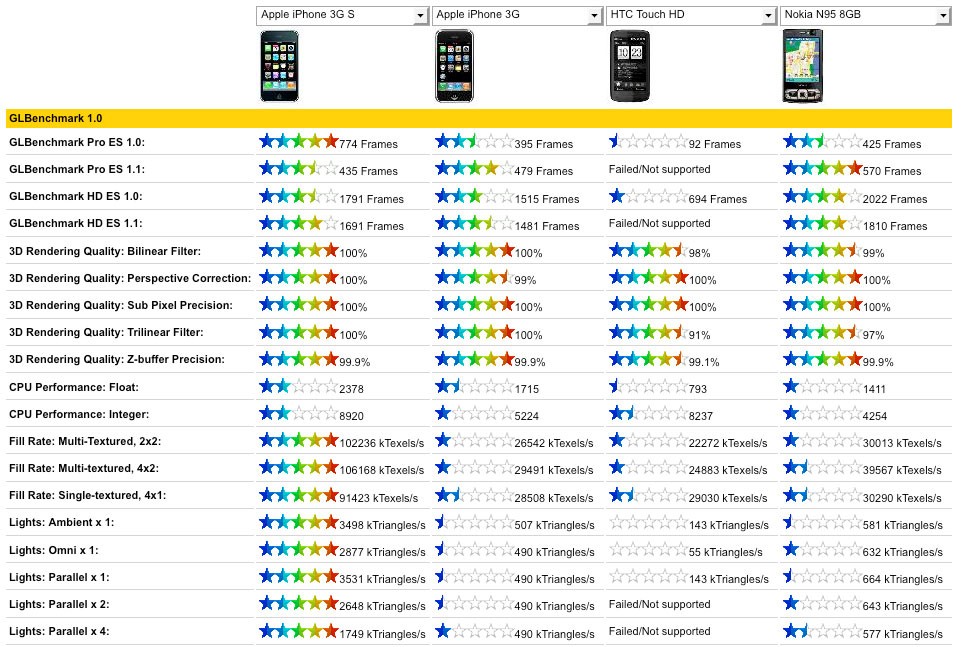Benchmar
Post on: 16 Апрель, 2015 No Comment

Performance of private equity in real estate may vary and does not necessarily correlate closely with the benchmarks discussed here. More importantly, it has been observed that the real estate market lags behind publicly traded real estate securities.
Benchmarks. NCREIF. NAREIT
Benchmarks Exhibit 8-2 shows some of the popular real estate indices for selected countries. The principal benchmark used to measure the performance of direct real estate investment in the United States is the National Council of Real Estate Investment Fiduciaries (NCREIF) Property Index. The NCREIF Index is a quarterly benchmark for real estate covering a sample of commercial properties owned by large U.S. institutions. The NCREIF Index is essentially value weighted and includes subindices grouped by real estate sector (apartment, industrial, office, and retail) and geographical region. Property appraisals largely determine the values in the NCREIF Index because real estate properties change ownership relatively infrequently. Property appraisals are also conducted infrequently (typically once a year), so appraisal-based property values exhibit remarkable inertia. Therefore, returns calculated solely on percentage changes in the index suffer from a number of deficiencies, including the tendency to underestimate volatility in underlying values. However, methods have been developed to »unsmooth» or correct for this bias. Recently, a transaction-based index has been developed based on NCREIF data and the use of econometrics to address the issue of infrequent market transactions.

The principal benchmark used to represent indirect investment in real estate is the index compiled by the NAREIT. Begun in 1972, the NAREIT Index is a real-time, market-cap- weighted index of all REITs actively traded on the New York Stock Exchange and American Stock Exchange. NAREIT also computes a monthly index based on month-end share prices of REITs that own and manage real estate assets, or equity REITs. NAREIT publishes several other indices, including a monthly index of REITs that specialize in acquiring various types of mortgage loans on many types of properties (mortgage REITs) and a monthly index based on share prices of hybrid REITs, which operate by buying real estate and by acquiring mortgages on both commercial and residential real estate. REIT indices are also published by various institutions, such as Standard & Poor’s, Dow Jones, Wilshire Associates, and Morgan Stanley. The FTSE EPRA/NAREIT Global Real Estate Index listed in Exhibit 8-2 is an example of a global index of securitized real estate investment.
In the United States, direct and indirect real estate investments as represented by the major indices produced better risk-adjusted performance over the 1990 to 2004 period than did general stocks and commodities, as shown in Exhibit 8-3. In Exhibit 8-3, the »hedged» REIT return series has been purged of its overall equity market return component, as represented by the S&P 500 Index. Such an adjustment is meaningful only for equity REITs because mortgage and hybrid REITs have different risk characteristics. However, equity REITs represent close to 95 percent of the composition of the index. GSCI is the Goldman Sachs Commodity Index, discussed further in the section on commodities.














